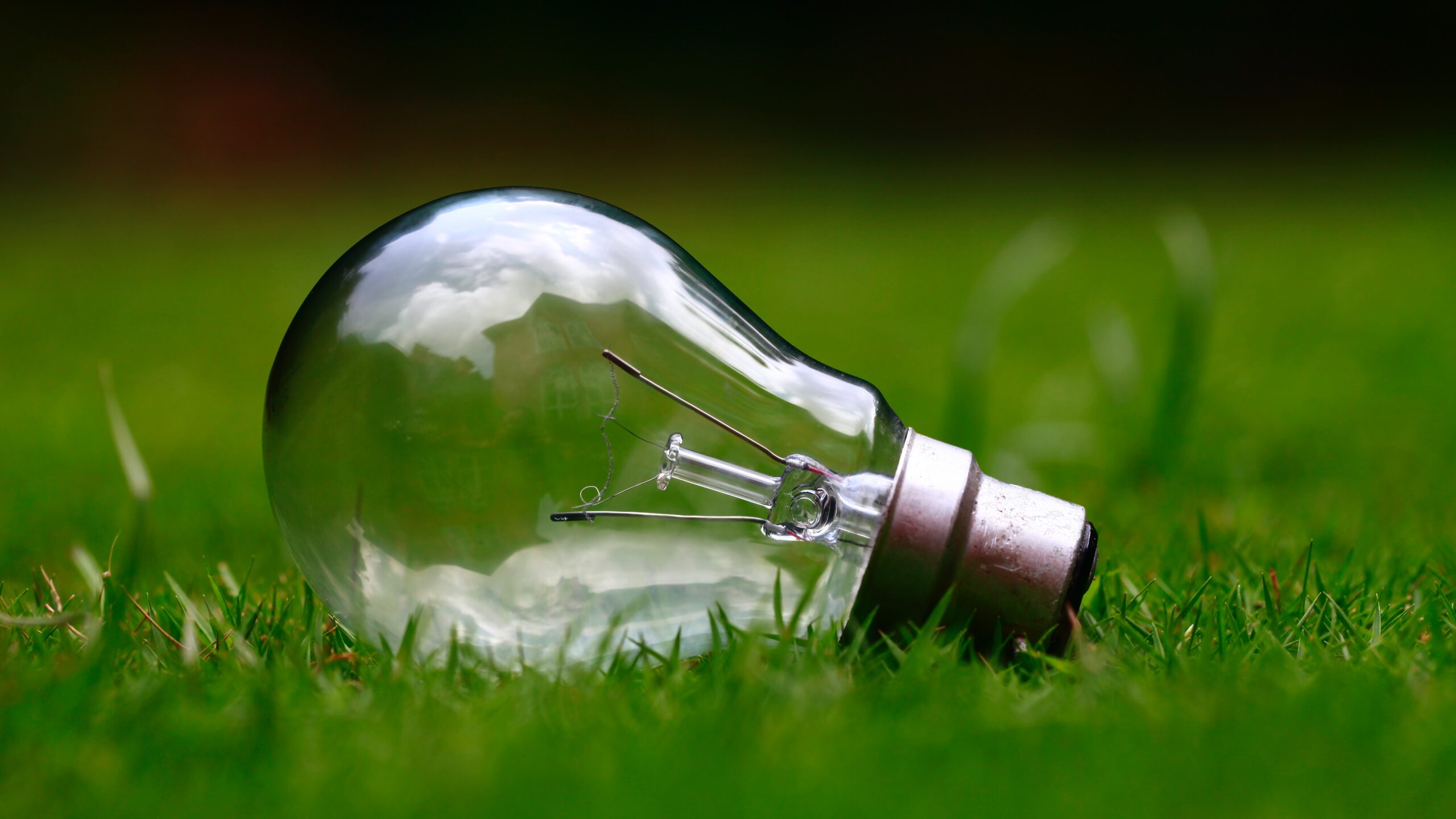Energy Saving Tips For The Summer
by Tyler Castle
6.4 min read

Energy Saving Tips For The Summer

Fortunately, you don’t have to boil in the summer heat just to save a few bucks. By following these simple summer energy-saving tips, you can keep the temperature, and your budget, well within the comfort zone.
- Check Your Air Conditioning
Your air conditioner requires regular maintenance to function efficiently throughout its years of service. Neglecting necessary maintenance ensures poor performance and unnecessarily high energy use. Checking the coils, fins, evaporative cooler, and heat pump may require the services of a professional.
Fortunately, you don’t have to be a certified HVAC technician to give your A/C a quick, basic check and make sure that it can do its job effectively. Vacuum air vents regularly to remove any dust buildup and ensure that furniture and other objects are not blocking the airflow through your vents. Avoid placing lamps or TV sets near your thermostat. The thermostat will sense the heat these appliances create, which can cause your A/C to run longer than necessary.
- Replace Your Air Filter
Replacing your air filter is one of the easiest and most effective things you can do to make sure that your A/C runs smoothly and efficiently. Clogged, dirty filters block normal airflow and reduce your air conditioner’s ability to absorb heat. Replacing a dirty filter with a clean one can lower your A/C’s energy usage by up to 15%.
Clean or replace your air conditioning system’s filter every month or two. Filters need more frequent attention if your A/C is in constant use, is subjected to excessive dust, or if you have fur-shedding pets. Single-room air conditioners will have a filter mounted in the grill that faces into the room. In central air systems, you can find the filter somewhere along the length of the return duct. Common locations are in walls, ceilings, furnaces, or in the air conditioner itself.
- Opt for LED Light Bulbs
If you’re still using incandescent light bulbs, then it’s time to switch to LED lights. Incandescent bulbs are extremely inefficient. Only about 10 to 15% of the electricity that they use gets turned into light—the rest becomes waste heat. LED lights are the most energy-efficient lighting option currently available. They use 75% less energy, last 25 times longer, and run much cooler than standard incandescent lights. They cost a little more up front but soon pay for themselves in energy savings.
- Use Your Thermostat Wisely
Set your thermostat as high as comfortably possible in the summer, ideally 78°F or higher. Every degree of extra cooling will increase energy usage six to eight percent. Keep your house warmer than normal when your family is away at school and work, and lower the temperature only when people are at home. Avoid lowering the thermostat while air conditioning is running. It won’t cool your house any faster and may result in energy waste.
A smart thermostat can make these temperature transitions easy. Smart thermostats are Wi-Fi enabled devices that automatically adjust the temperature settings in your home for peak energy efficiency. Smart thermostats learn your habits and preferences and establish a schedule that automatically adjusts to energy-saving temperatures when you are asleep or away.
- Use Fans With Your A/C
Running a fan is much cheaper than running your air conditioning. Unfortunately, the air flow creates a wind chill effect that helps people feel more comfortable, but it does nothing to change the temperature.
However, fans and air conditioning work very well together. If you use air conditioning, a ceiling fan will allow you to set your thermostat setting about 4°F higher with no reduction in comfort. Remember to turn your fans off when you leave the house. With no people around to feel the wind chill effect, the fans aren’t doing much except making your energy bill slightly higher.
- Close Your Blinds
Close your blinds or drapes in the daytime to keep out the greenhouse effect of the sun. Southern and western-facing walls take the brunt of the sun’s heat, so invest in good drapes or shades for the windows on these walls and keep them closed. North-facing windows admit relatively even, natural light, producing little glare and almost no unwanted summer heat gain. You can leave these shades open to admit natural light into your house without heating things up.
- Get an Energy-Efficient Dehumidifier
In hot, humid climates, a dehumidifier is a perfect partner to your A/C and a great way to lower humidity levels in your home. A dehumidifier helps lower energy costs because your A/C won’t have to work as hard. When the air in your home is too humid, your air conditioner has to do double duty—cooling the air as well as removing moisture. An A/C that works too hard will also break more often, requiring lengthy and expensive repairs.
- Avoid the Oven
Cooking with a conventional oven can add unwanted heat to your house, forcing your A/C to work harder. Do more of your cooking with a microwave or slow cooker to keep the kitchen cool. Better yet, use the summer heat as an excuse to fire up the old backyard barbeque. Outdoor grilling is a summertime tradition for a reason—you can cook delicious meats and veggies while keeping the heat outside.
- Wash Strategically
Washing machines, clothes dryers, and dishwashers all generate a ton of heat. Cut back on this by only using cold water to do your washing. Wash only full loads of dishes and clothes to avoid running the appliances too much. Avoid using your clothes dryer entirely. After washing, hang up your wet clothes to air dry.
- If You Aren’t Using It, Unplug It
From your computer to your toaster, all electronics generate heat. Even if it’s switched off, just being plugged in generates a small amount of heat in the wiring. Too keep things cool, unplug any electronics you’re not using.
- Seal Your Home
Insulation isn’t just for the cold winter months. Preventing air leaks is one of the best ways to keep warm air out and cool air in. Simple caulking and weatherstripping can save up to 30 percent on heating and cooling costs.
Sealing your home against these leaks is easy, effective, and relatively inexpensive. Use caulk to seal cracks and openings between stationary objects like door and window frames. Apply weatherstripping around things that move, such as window sashes and the door itself.
Be sure to check your attic and basement for air leaks, as these floors have large gaps in insulation or missing weatherstripping. Seal the small cracks with foam or caulk. For larger holes, you may need to install or replace insulation.
Save on Your Energy Bill All Year Long!
Energy savings isn’t just a summertime activity. Many of these tips will save you money all year long. Air stripping, insulated curtains, and intelligent thermostat usage will keep your home cool in the summer and warm in the winter. Creating smart energy habits will reduce waste, improve efficiency, and save you money on your energy bill year round.
About Santanna Energy Services
Santanna Energy Services located in Austin, TX and Bolingbrook IL, is an Electricity and Natural Gas Provider for Residential, Commercial, Business and more. Founded in 1988 and have been in business for 32 years and growing!
Tyler is an experienced energy professional, having worked for Santanna Energy Services, for the past four years. He is passionate about renewable energy and believes that diversifying the energy grid is the key to a sustainable future. Tyler is dedicated to supplying consumers with the best possible energy solutions and works diligently to make sure that Santanna can deliver the highest quality service.






